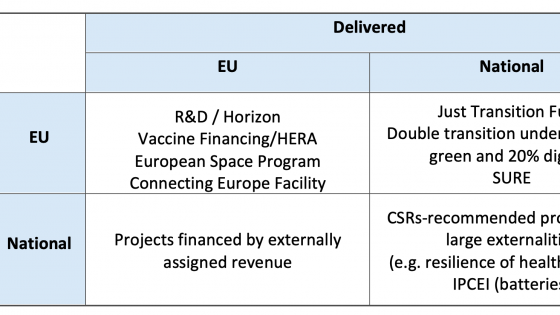DP1351 Fiscal Deficit Reductions in Line with the Maastricht Criteria for Monetary Union: An Empirical Analysis
Of all the institutional arrangements for monetary union in Europe, the fiscal convergence criteria have proved the most difficult to achieve and the most controversial because of their presumed deflationary impact on economies already suffering high unemployment. This paper examines what fiscal corrections would be necessary in the four largest European economies to reach the 3% deficit criterion by 1999, and to maintain that criterion thereafter. It argues that because these criteria are defined as ratios, a change in the policy mix is required ? not simply fiscal contractions. The interaction between fiscal and other policies is the crucial factor therefore. The change in policy mix might involve monetary relaxation, a currency depreciation, or perhaps most effectively, wage restraint to boost competitiveness. Certainly some action is needed to maintain (or boost) the ratio?s denominator, since fiscal cuts will otherwise cut both the numerator and denominator and leave the ratio unchanged. But, because there is also a debt criterion and it is most unlikely that the deficit and debt criteria are reached simultaneously, it is very hard to reach the deficit criterion and stay there without accompanying policies designed to maintain output. Fiscal cuts will otherwise continue to deflate the economy, and hence inflate the deficit ratio, in an attempt to reach the required debt ratio. To offset this there must be reform of the tax regime as well. These results point to growth and the design of the tax regime as being the key features of the fiscal side of a successful monetary union.

